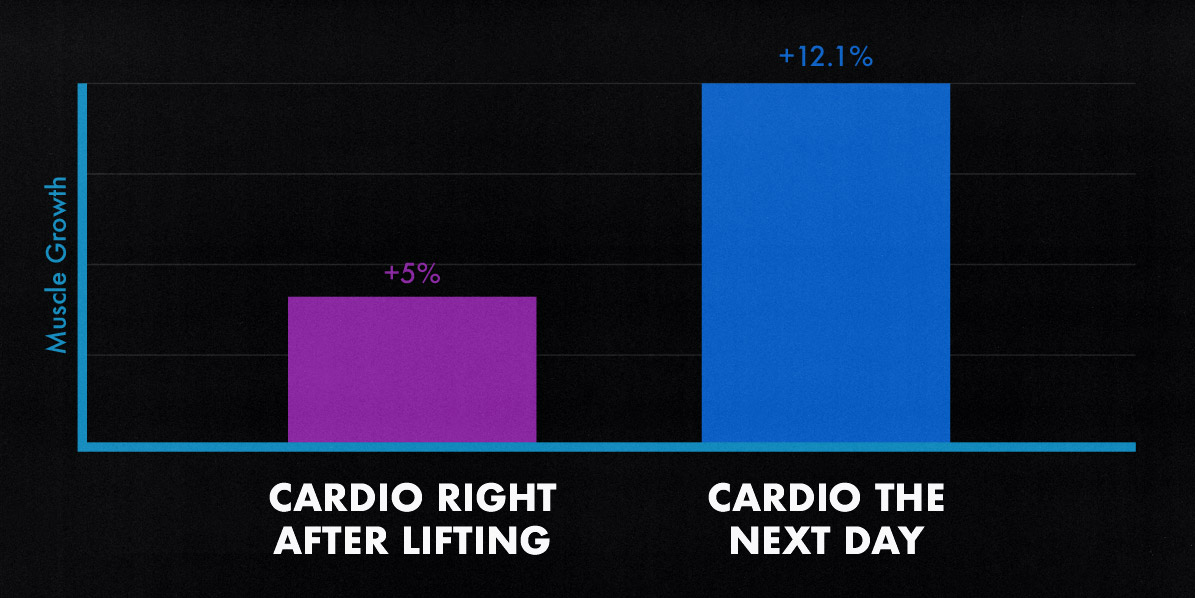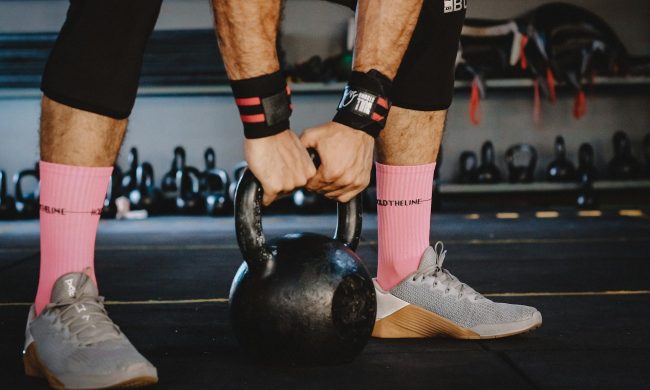Should I Do Cardio While Bulking

Imagine this: you're meticulously tracking your macros, crushing your weightlifting sessions, and watching those muscles grow. But a nagging question lingers: Should you be doing cardio too? The thought of burning those hard-earned calories feels almost sacrilegious during a bulk, yet the idea of neglecting your cardiovascular health feels equally wrong.
The central question for anyone embarking on a bulking phase is whether incorporating cardio is beneficial, detrimental, or somewhere in between. This article delves into the science behind cardio during bulking, exploring the pros and cons, and providing guidance on how to strike the right balance for your individual goals.
Understanding Bulking and Cardio
Bulking, at its core, is a strategic period of calorie surplus aimed at promoting muscle growth. This typically involves consuming more calories than your body burns, coupled with resistance training to stimulate muscle protein synthesis. The goal is to maximize muscle gains while minimizing fat accumulation.
Cardio, on the other hand, encompasses a wide range of activities that elevate your heart rate and improve cardiovascular fitness. This can include running, cycling, swimming, brisk walking, or even high-intensity interval training (HIIT).
Traditionally, bodybuilders often avoided cardio during bulking, fearing it would interfere with muscle growth. The logic was simple: burning calories could hinder the calorie surplus needed to build muscle.
The Potential Downsides of Cardio During Bulking
The primary concern with cardio during bulking is its potential to create a calorie deficit, thus hindering muscle growth. If you're burning a significant number of calories through cardio without adjusting your calorie intake, you might compromise your surplus.
Excessive cardio can also interfere with recovery. High-impact activities, especially, can place additional stress on your muscles and joints, potentially delaying recovery from weightlifting sessions.
Some studies suggest that excessive endurance exercise may interfere with muscle protein synthesis, the process by which your body builds and repairs muscle tissue. This is often linked to an increase in catabolic hormones like cortisol.
The Surprising Benefits of Cardio During Bulking
Despite the potential drawbacks, cardio can actually be beneficial during a bulking phase. Improved cardiovascular health is a crucial aspect often overlooked. A healthy heart and efficient circulatory system are essential for overall fitness and can enhance your ability to perform intense weightlifting workouts.
Cardio can improve nutrient partitioning, meaning your body becomes more efficient at directing nutrients, like carbohydrates and protein, towards muscle tissue rather than fat storage. This can help minimize fat gain during a bulk.
Cardio can also improve insulin sensitivity. Insulin is a hormone that plays a key role in nutrient uptake by cells. Improved insulin sensitivity allows your body to utilize carbohydrates more effectively, reducing the likelihood of fat storage.
Furthermore, incorporating cardio can help manage body fat levels during a bulk. Even with a calorie surplus, some fat gain is inevitable. Moderate cardio can help mitigate this, keeping you within a reasonable body fat percentage range.
Striking the Right Balance
The key to incorporating cardio successfully during a bulk lies in finding the right balance. It's about tailoring your approach to your individual goals, body type, and training schedule.
Start by considering your activity level. If you have a sedentary job, adding some cardio can be particularly beneficial for overall health and fitness. If you're already very active, you might need to be more cautious about adding additional cardio.
Choose low-impact activities like walking, cycling, or swimming. These activities are less likely to interfere with your weightlifting recovery compared to high-impact activities like running or jumping.
Practical Tips for Cardio During a Bulk
Keep the intensity moderate. Focus on activities that elevate your heart rate without causing excessive fatigue. A brisk walk or a light cycling session can be very effective.
Limit the duration. Aim for shorter cardio sessions, around 20-30 minutes, a few times per week. This is usually enough to reap the cardiovascular benefits without significantly impacting your calorie surplus or recovery.
Adjust your calorie intake accordingly. If you're adding cardio to your routine, track your calorie expenditure and adjust your diet to maintain a consistent calorie surplus. This might involve adding a few hundred calories to your daily intake.
Prioritize recovery. Ensure you're getting adequate sleep, proper nutrition, and sufficient rest between weightlifting sessions. This will help your body recover from both weightlifting and cardio.
Listen to your body. Pay attention to how you feel and adjust your cardio routine accordingly. If you're feeling excessively fatigued or experiencing decreased performance in your weightlifting sessions, reduce the frequency or intensity of your cardio.
The Role of HIIT
High-intensity interval training (HIIT) involves short bursts of intense exercise followed by brief recovery periods. While HIIT can be effective for burning calories and improving cardiovascular fitness, it can also be quite demanding on the body.
During a bulk, HIIT should be approached with caution. It can be a valuable tool for managing body fat, but it's important to monitor your recovery and adjust your training schedule accordingly.
If you choose to incorporate HIIT, limit it to one or two sessions per week and ensure you're allowing adequate recovery time between sessions. It's also crucial to adjust your calorie intake to compensate for the increased calorie expenditure.
The Importance of Individualization
Ultimately, the best approach to cardio during a bulk is highly individual. What works for one person might not work for another. Factors like genetics, training experience, and individual goals all play a role.
Experiment with different cardio modalities, durations, and intensities to find what works best for you. Track your progress, monitor your recovery, and adjust your routine accordingly. Don't be afraid to make changes along the way.
Consider consulting with a qualified fitness professional or registered dietitian for personalized guidance. They can help you develop a comprehensive training and nutrition plan that aligns with your goals and maximizes your results.
The Long-Term Perspective
It's crucial to remember that bulking is just one phase in a larger fitness journey. Focusing solely on muscle growth without considering overall health and well-being is a short-sighted approach.
Incorporating cardio into your routine can help you maintain a healthy cardiovascular system, improve insulin sensitivity, and manage body fat levels. These are all essential components of long-term fitness and health.
By striking the right balance between weightlifting and cardio, you can optimize your muscle growth while simultaneously improving your overall health and well-being.
So, should you do cardio while bulking? The answer is not a simple yes or no. It depends on your individual goals, body type, and training schedule. By understanding the potential benefits and drawbacks, and by tailoring your approach to your specific needs, you can successfully incorporate cardio into your bulking phase and achieve your fitness goals.


















